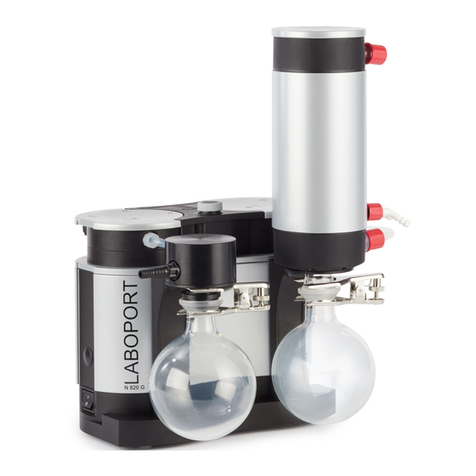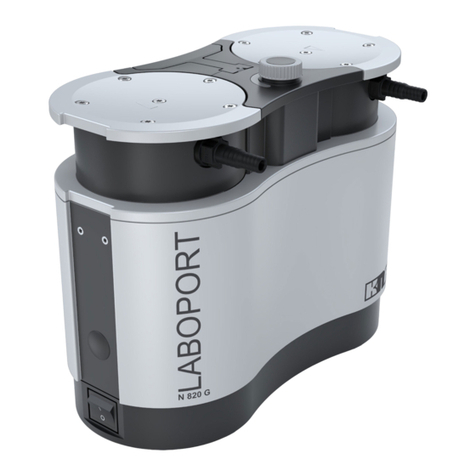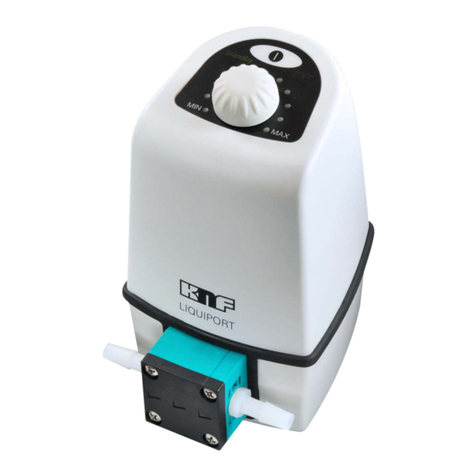Safety Operating Instructions RC600 EN
10 Translation of original Operating and Installation Instructions, English BA_RC600_EN_304763_20170608.docx
3 Safety
The rotary evaporator is constructed according to generally
recognised rules of technology and in accordance with perti-
nent occupational safety and accident prevention regulations.
Nevertheless, potential dangers during use can result in inju-
ries to the user or others, or in damage to the rotary evaporator
or other property.
Use the rotary evaporator only in a technically flawless condi-
tion, in accordance with its intended use, with awareness of
safety and potential hazards, and in observance of the operat-
ing instructions.
Ensure that only trained and instructed personnel or specially
trained laboratory personnel work on the rotary evaporator.
This applies also to assembly, connection and servicing work.
Make sure that the personnel has read and understood the op-
erating instructions, and in particular the "Safety" chapter.
Ensure adherence to all pertinent accident prevention and
safety regulations when working on and operating the rotary
evaporator. The protective clothing required for safety in the
laboratory must be worn, i.e. protective glasses, gloves, etc.
Safety regulations for handling initial substances and those
that are produced in the process must be observed. This ap-
plies equally to the heating and cooling media.
Be aware that the rotary evaporator is not designed to be ex-
plosion-proof.
Ensure that the distillation residue is not explosive.
Make sure that the temperature of the medium is always suffi-
ciently below its ignition temperature in order to avoid ignition
or explosion. This also applies to unusual operating situations.
Consider any external sources of energy, such as sources of
radiation, that could additionally heat the medium.
In case of doubt, consult KNF customer service.
Proper handling of the initial and resulting substances / heating
and cooling media must be ensured.
Manufacturer regulations must be observed when disposing of
the heating and cooling media. Be aware that the heating and
cooling media may become contaminated.
Personnel
Working in a
safety-conscious manner
Handling dangerous media
Handling flammable
media































